Viking Blog
Viking Helmet: 5 Shocking Truths That Will Change What You Believe!
A Viking warrior brings to mind a fierce fighter in a horned helmet. It’s a pop culture image so ingrained that it feels impossible to imagine Vikings without it. But what if everything you thought you knew about Viking helmets was wrong? Prepare for a shock. We will reveal five truths about Viking helmets. They will change how you view these legendary warriors.
1. The Horned Helmet Is a Complete Myth
You’ve seen it everywhere. From Hollywood movies to comic books. It’s the mighty Viking warrior with his imposing horned helmet. But here’s the truth: Vikings never wore horned helmets. This iconic imagery is a modern invention. It originates from 19th-century opera costumes, particularly Wagner’s Ring Cycle. No evidence, historical or archaeological, shows Vikings used such helmets in battle.
The horned design, although visually striking, would have been entirely inappropriate for combat. Horns would get caught on weapons or other obstacles, making it dangerous for any warrior. The reason the myth persists is clear. The horned helmet is an unforgettable symbol of Viking power in today’s media. But it has no historical basis.
2. Real Viking Helmets Were Much Simpler and More Functional
Real Viking helmets, found by archaeologists, were simple. Unlike the elaborate, horned helmets, designers created them for one thing: protection. The Gjermundbu helmet, the only complete Viking helmet ever found, is a prime example. They made it of iron. It had a rounded shape with a nose guard. It offered protection without unnecessary frills.
This design tailored itself for practical use in battle. Viking warriors needed gear for brutal close combat. A simple, durable helmet was key to that protection. Real Viking helmets were efficient, effective, and lightweight. They were not the dramatic, horned ones we knew.
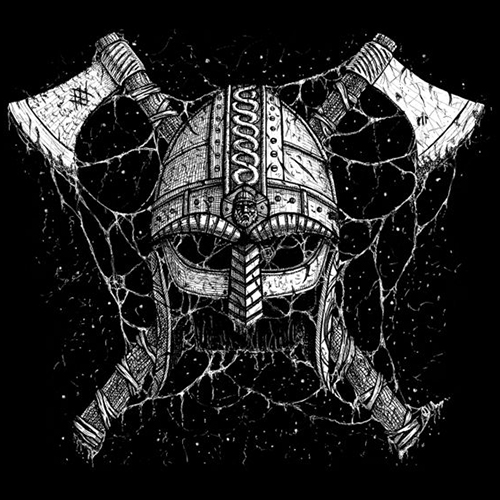
3. Helmets Were Reserved for the Elite
Iron was scarce in the Viking Age. So, making a helmet was costly and took a long time. As a result, Viking helmets weren’t common. Most warriors lacked access to them. They wore simpler headgear, like leather caps.
Iron helmets were a luxury for the wealthy and high-ranking, like chieftains and elite warriors. Owning an iron helmet was not a matter of practicality—it was a symbol of power and wealth. This social distinction made helmets more than protective gear. They reflected the wearer’s position in Viking society.
4. Viking Helmets Left Their Mark on Medieval Armor
Viking helmets were simple but vital. They helped develop European armor. The design of the Gjermundbu helmet, for example, influenced later medieval helmets. The helmets of the Norman knights in the 11th and 12th centuries improved on their rounded shape and nose guard.
Viking helmet designs helped evolve Europe’s protective headgear. They blended practicality with the changing needs of medieval warfare. Viking helmets were simple. But, their influence on future armor designs is undeniable.
5. Helmets Were Also Symbols of Status and Leadership
For Viking leaders, helmets were more than tools. They symbolized power, status, and divine favor. Someone decorated some helmets. They were likely used in ceremonies to mark important events or victories.
In Viking culture and mythology, helmets had a deeper meaning. They were often linked to the gods. A well-decorated helmet could show the wearer’s divine protection. A chieftain or warrior in an ornate helmet seemed powerful, on and off the battlefield.
Conclusion
Viking helmets were not what you think they are. The horned helmet is a captivating symbol in modern depictions. But the truth about Viking headgear is more practical and strategic. It is also steeped in cultural significance. These helmets were rare, reserved for the elite, and designed to serve a vital function in battle. But they also had deep symbolic meaning. They represented power and social status.
So, next time you picture a Viking warrior, don’t let the myth of the horned helmet fool you. Instead, imagine a simple, sturdy helmet. It should reflect the Viking people’s resourcefulness, strength, and legacy.

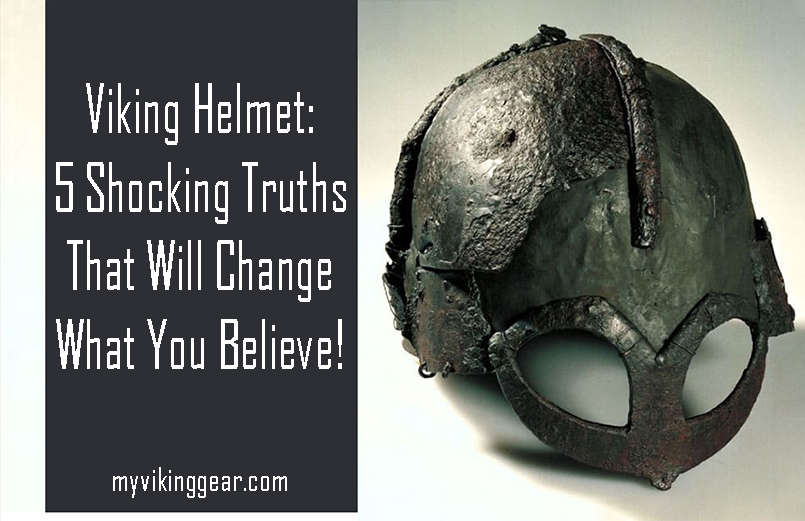
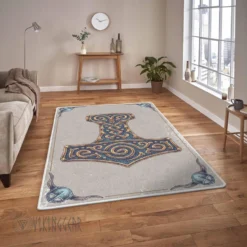

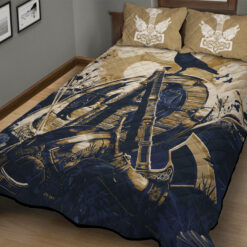
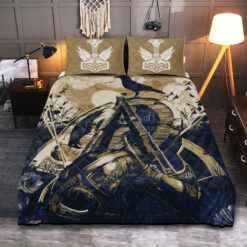
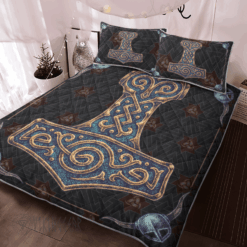
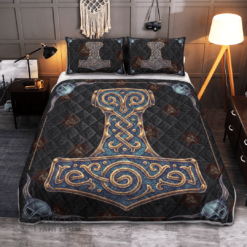
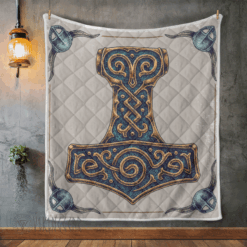
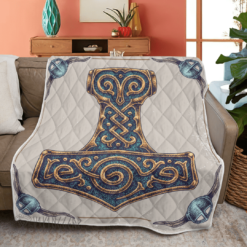
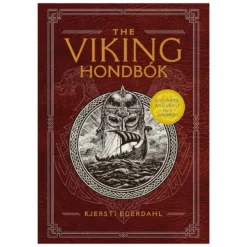
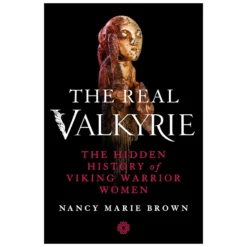
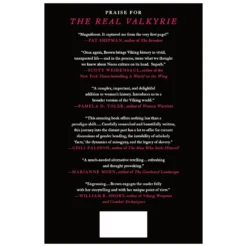
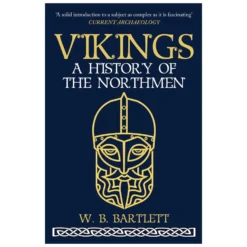
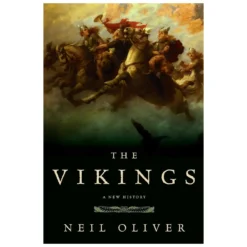
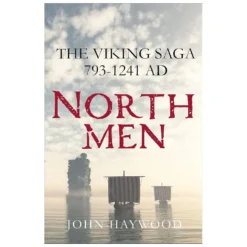


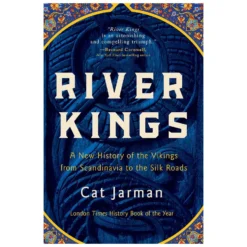

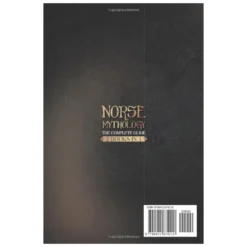
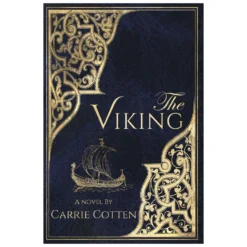
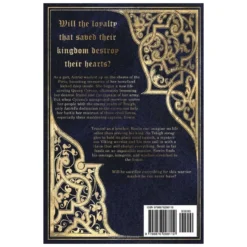
Great info on the correct type of helmets my ancestors use.